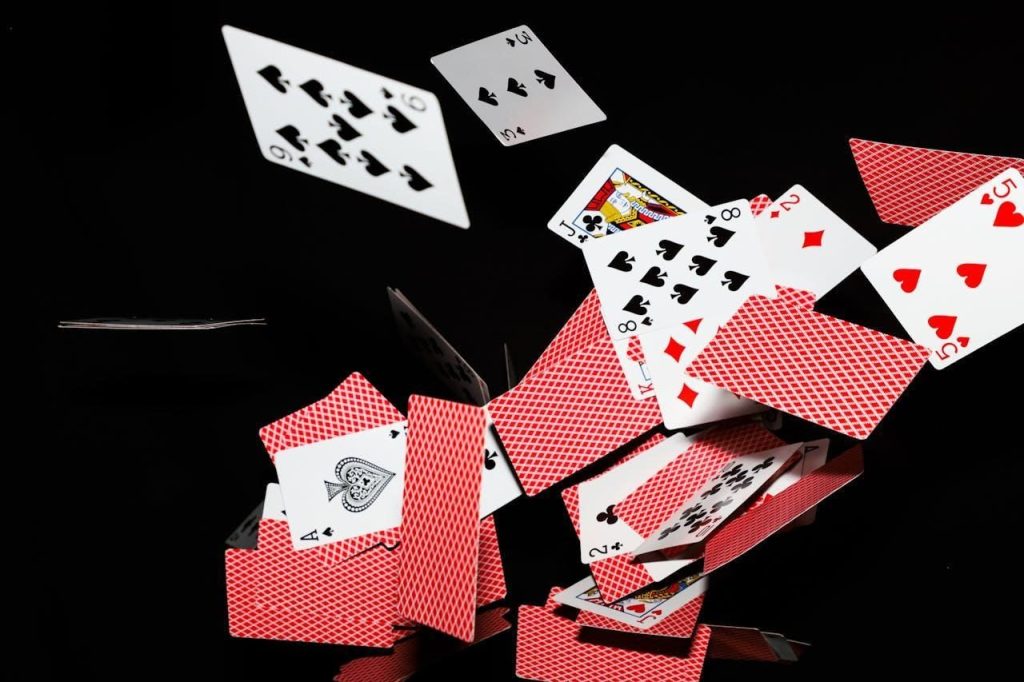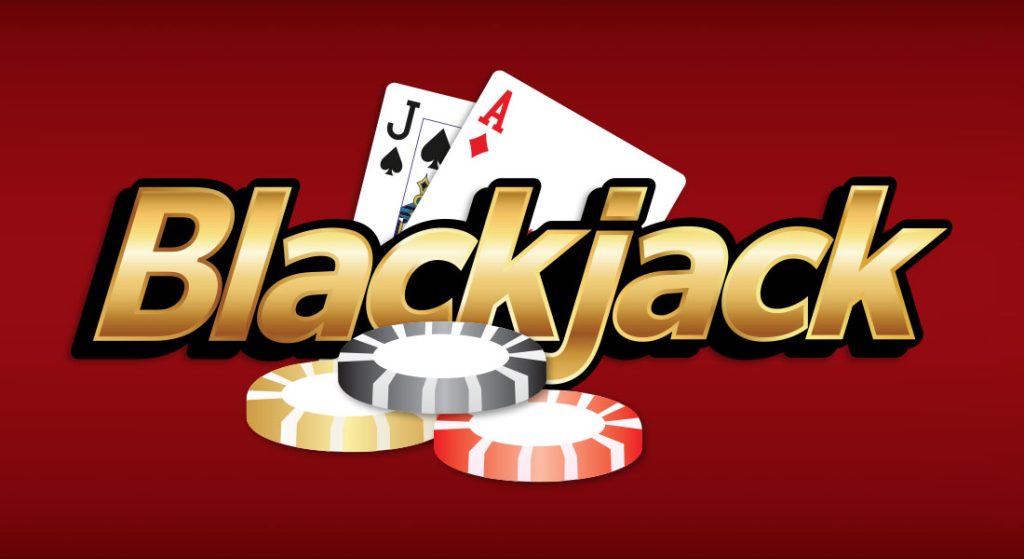
Blackjack can look complicated if you only watch from the sidelines. Cards slide across the table, hand signals fly, and the dealer keeps the pace moving. For beginners, this rhythm can feel overwhelming. But with a short, structured routine, you can go from hesitant observer to confident participant in under a quarter of an hour.
This article breaks down a practice-first micro-drill designed to give you an efficient, repeatable way to build comfort with any blackjack variant. The entire routine takes just 12 minutes and follows three steps: read the rules, play two hands in practice, and lock in one confirmed rule before moving forward.
Why Speed Matters in Learning Blackjack
New players often make the mistake of trying to cram long strategy charts into their brains before they’ve even touched a table. While theory is useful, confidence grows faster through interaction. Games like blackjack reward players who can process information quickly without second-guessing. That’s why micro-drills—focused, time-limited bursts of learning—are so effective. They train clarity and confidence, not endless memorization.
Many online lobbies place practice tables next to the blackjack real money options—allowing you to run the drill before you touch a real table. By opting first for practice tables where you can try out different approaches and figure out effective strategies, you’ll make your eventual move to blackjack real money play smoother because you’ve already rehearsed the pace and layout without pressure.

Practice Thoroughly
It’s always a good idea to have a go (or several goes) at a game before you start wagering your money on it. The good news is that in online casinos, the user experience is often designed so that practice lobbies mirror the live ones and have the same rules. This reduces the friction when you eventually switch tables. You don’t waste mental energy adapting to new visuals or layouts, so your focus stays on the decisions in front of you.
You’ll also get the opportunity to figure out how the different bets in blackjack work before you’re confronted by them for real. These elements aren’t overly complex, but it’s still wise to get to grips with what things like “insurance” mean before you hit the table!
https://www.instagram.com/reel/DMjWvm_yBpc
The above clip is poking fun at how some players treat the side option, but the humor underlines a real truth: you do need to understand the rules before you begin.
The 12-Minute Micro-Drill
The heart of the routine is its simplicity. Note that our approach doesn’t claim to make you a master in a single session, but it guarantees that you’ll finish with more confidence than when you started.
Step one is to read the rules of the variant you’ve chosen. Three minutes is usually enough to scan for how many decks are used, whether the dealer stands or hits on soft 17, and if doubling after a split is allowed.
Step two is to play two practice hands back-to-back. This should take about eight minutes. Use this time to pay attention to how actions feel in real flow, rather than worrying about being perfect.
Step three is the most underrated. After finishing, note down one thing you learned from the game. Maybe you confirmed that doubling after a split wasn’t good in this particular context, or that you should have surrendered when you had the chance. Maybe it’s something else. Regardless, picking up one pointer rule per session means you’re moving forward.
Confidence Comes From Repetition
What makes this micro-drill stand out is that it’s endlessly repeatable. If you run it once per day for a week, you’ll confirm seven distinct learning points and have played fourteen practice hands. That’s a small input of time for a noticeable rise in comfort.
It also prevents the beginner’s trap of “learning everything at once.” By pacing yourself, you’re less likely to confuse rules between variants. Each practice drill becomes a mental bookmark for that specific version of blackjack. Remember too that we learn by making mistakes, so you’re not looking for perfection in these drill sessions – you’re looking for gradually increased understanding.
How Casinos Encourage Learning Through Design
Casinos, both physical and online, know that new players need smoother entry points. That’s why many interfaces place practice features in plain view. It’s also why transitions between demo and real tables look nearly identical. This design isn’t an accident. It’s part of how gaming environments lower barriers for newcomers without altering the core mechanics of play.
Running a micro-drill within this setup aligns perfectly with how these lobbies are structured. You train your reactions, not just your memory. The benefit is clear: when you finally step up to a real table, the stage feels familiar, and your nerves stay manageable.
A Quick Reference Table
Here’s a simple breakdown of the 12-minute drill. Keep it nearby as a quick reminder:
| Step | Action | Time | Goal |
| 1 | Read rules | 3 min | Spot key mechanics |
| 2 | Play practice hands | 8 min | Experience flow |
| 3 | Note one learning point | 1 min | Lock in learning |
This table captures the rhythm of the drill: short, precise, and repeatable.
Building a Routine That Sticks
Blackjack rewards steady, practiced decision-making. The micro-drill works because it’s short enough to fit into any schedule while still producing meaningful results. Confidence grows each time you return, and over days or weeks, you’ll see your knowledge shift from abstract rules to instinctive responses.
Whether you’re starting with the classic game or exploring side variants, a practice-first mindset gives you the foundation to play without hesitation. The 12-minute routine is not about shortcuts—it’s about building trust in your own ability to act decisively.




